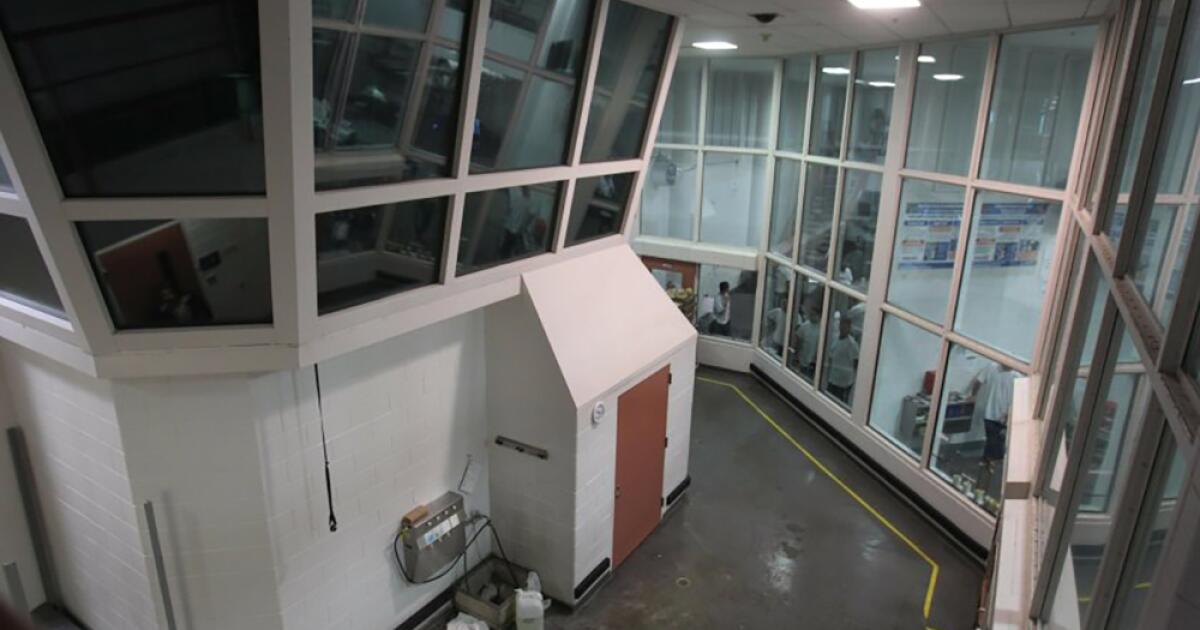“As president, I will eliminate unnecessary degree requirements for federal jobs to expand opportunities for people without a four-year degree,” Reuters quoted Harris as saying. She also stressed the importance of acknowledging alternative paths to success, such as apprenticeships and technical programs, in addition to traditional college degrees.
More than 62% of American citizens aged 25 and above do not have a bachelor’s degree, according to data to be released by the US Census Bureau in early 2023. Harris argued that a degree does not necessarily reflect a person’s skills.
Understanding the US Four-Year Degree System
The U.S. undergraduate education system is based on a liberal arts and sciences framework, which allows students to take classes in a variety of subjects alongside their major. Generally, a bachelor’s degree requires four years of full-time study, with each institution setting its own credit requirements for graduation. Many graduate programs also require standardized test scores as part of the application process, with admission based on students’ academic record and test results. Notably, there is no single national college entrance exam mandated by federal or state governments.
Graduation Rates in the US
According to the U.S. Bureau of Labor Statistics, of the 3.1 million individuals ages 16 to 24 who graduate from high school between January and October 2023, 1.9 million (61.4%) were enrolled in colleges or universities as of October. This enrollment rate is slightly lower than the 62% seen in October 2022 and also lower than the 66.2% rate before the pandemic in 2019. In 2023, 65.3% of young women enrolled in college compared to 57.6% of young men, continuing a long-standing trend that has lasted since 1996. Of recent graduates, 74.6% enrolled in four-year colleges, while 25.4% enrolled in two-year institutions.
cost of education in usa
According to the QS World Rankings, obtaining a higher education in the US can be very expensive, with top-tier private universities costing up to $60,000 per year. According to the College Board, public universities offer a more affordable option, with average tuition in the 2018/19 academic year being $10,230 for in-state students and $26,290 for out-of-state students and international students. Community colleges offer the most affordable option, with average fees around $3,660.
However, costs continue to rise. According to U.S. News, the average tuition for the 2022-2023 academic year was $10,423 for public in-state students and $39,723 for private colleges. Many students resort to loans to fund their education, with the Class of 2021 borrowing an average of $29,719 — 25% more than in 2009. As a result, fewer students are opting for four-year bachelor’s programs due to financial constraints.
Bridging the gap between education and employment
While a college degree has traditionally been the gateway to many professional roles, not all federal jobs require it. According to data from USAJobs, individuals can qualify for a variety of federal positions based on job-related work experience.
Examples of federal jobs requiring a 4-year degree:
- Public Relations Specialist (US Department of Defense): Managing government communications and media relations requires a degree in communications, journalism or public relations.
- Civil Engineer (US Army Corps of Engineers)A degree in civil engineering is required for public infrastructure projects such as dams and roads.
- Foreign Service Officer (US Department of State)Diplomatic roles require a degree in international relations or political science.
- Financial analyst (US Treasury Department)Analyzing government financial data requires a degree in finance, economics or accounting.
Federal jobs that don’t require a 4-year degree:
- Transportation Security Officer (TSA): Airport security screening only requires a high school diploma or equivalent.
- Postal Service Employee (US Postal Service): Sorting and delivering mail requires only a high school diploma or G.E.D.
- Clerk or administrative assistant (various federal agencies)This typically requires a high school diploma, as well as providing on-the-job training.
This comparison highlights the significant differences in job access based on educational qualifications. The skills gap between employer expectations and employee qualifications is growing. While a college degree has been a traditional bridge for many, the rising cost of higher education leaves graduates in heavy debt, and salaries are not keeping pace with inflation, making it challenging for them to manage their financial burden.
The role of apprenticeship programs
The gap between the skills sought by employers and the qualifications of potential employees can be addressed through apprenticeship programs. The National Apprenticeship Act, enacted in 1937, has seen a resurgence in interest in recent years. According to a report by the World Economic Forum, apprenticeships in the US have grown by 64% from 2012 to 2021.
Valuable Apprenticeship Program:
- Information Technology (IT): Programs in software development, cybersecurity, and data analytics offer hands-on training.
- Health care: Apprenticeships for medical assistants, pharmacy technicians, and home health aides provide essential clinical skills.
- Manufacturing and Engineering: Focusing on technical skills for production and innovation in advanced manufacturing and robotics.
- Skilled Trades: There remains demand for infrastructure maintenance in areas such as electrical work, plumbing and carpentry.
- Finance and Business: Programs in accounting and human resources provide structured corporate training.
- hospitality and Tourism: Apprenticeships in culinary arts and hotel management prepare individuals for customer service roles.
- Renewable energy: Green energy sectors offer apprenticeships focused on sustainable technology.
In conclusion, while higher education is a traditional way to gain professional positions, apprenticeships present a valuable alternative to developing the skills that employers seek. The increasing availability of apprenticeship programs can help bridge the skills gap and provide more individuals with a viable path to enter the workforce.
















